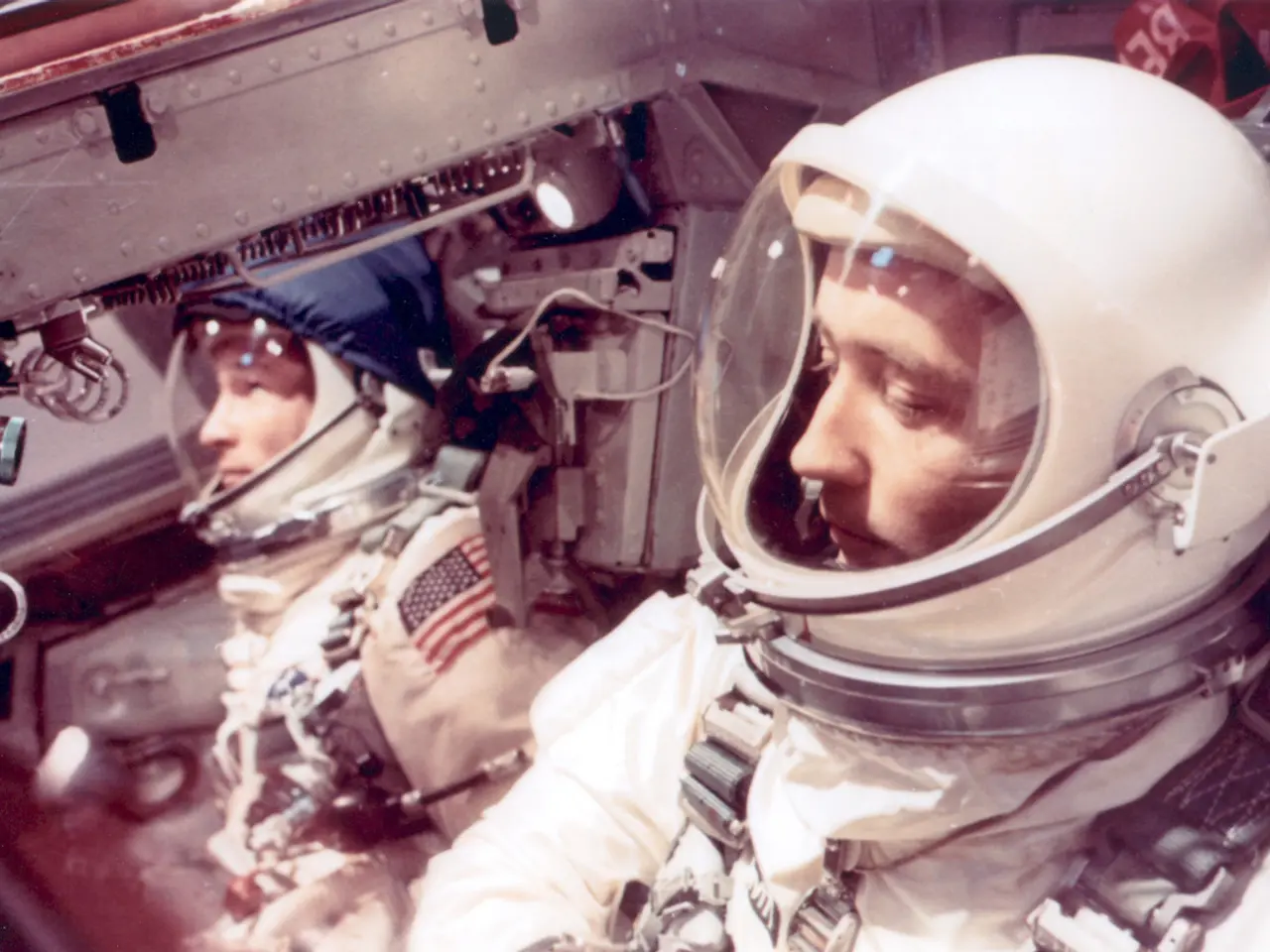Boeing Successfully Sends Astronauts On Their Maiden Voyage
On June 5, 2024, Boeing's Starliner capsule embarked on its maiden crewed mission from Launch Complex 41 at Cape Canaveral, marking a significant milestone in the integration of commercial vehicles into NASA's human space missions. The mission, however, was fraught with technical challenges.
The primary issues included multiple helium leaks in the service module's pressurization components and the failure of five out of 28 Reaction Control System (RCS) thrusters, which were attributed to warped Teflon seals caused by heat. These problems surfaced during the Starliner's approach to the International Space Station (ISS), raising safety concerns about the capsule's ability to safely return its crew to Earth.
Despite the successful docking to the ISS, NASA and Boeing deemed the risks of returning the crew aboard the spacecraft too high due to the thruster malfunctions. Consequently, the capsule returned uncrewed and landed safely on September 7, 2024, after undocking from the ISS.
The helium leaks were traced back to components within the "doghouses," protective enclosures around propulsion system elements. The thruster failures prompted extensive troubleshooting by NASA and Boeing teams while the astronauts remained aboard the ISS. Ground tests at NASA’s White Sands testing facility were able to replicate the thruster degradation issues, though the precise behavior in-flight could not be reproduced on the capsule in orbit.
To resolve these issues for future flights, Boeing and NASA committed to a full review and extensive analysis of mission data. Engineers performed hot-fire tests on multiple thrusters to validate the fixes, and Boeing planned further evaluation of the affected propulsion components to prevent recurrence. NASA's Commercial Crew Program manager expressed confidence in the improved thruster system after ground testing, with the intention to return Starliner flights with crew no sooner than 2026, following completion of repairs and recertification.
The Starliner mission, known as the Crew Flight Test (CFT), was crucial for Starliner's certification for regular manned missions. The CFT aimed to ensure the Starliner capsule was ready for longer operational missions, including manual maneuvers, emergency scenario testing, and debriefings. If the CFT is successful, Starliner could perform its first operational crewed mission in 2025, named Starliner-1.
Meanwhile, Russia will continue to send crews of cosmonauts on its Soyuz spacecraft until at least 2028, when the country's commitment to the partnership expires. The retirement of the U.S. space shuttle program in 2011 had left a gap in human space missions, which NASA's commercial crew program now aims to fill, with two manned spacecraft independent of traditional government systems: Boeing's Starliner and SpaceX's Crew Dragon.
References:
[1] Spaceflight Now. (2024, September 7). Starliner undocks from ISS, heads for landing. Retrieved from https://spaceflightnow.com/2024/09/07/starliner-undocks-from-iss-heads-for-landing/
[2] NASA. (2024, June 5). NASA, Boeing launch Starliner to space station for first crewed flight test. Retrieved from https://www.nasa.gov/feature/nasa-boeing-launch-starliner-to-space-station-for-first-crewed-flight-test
[3] Space.com. (2024, September 7). Boeing's Starliner Capsule Returns to Earth Uncrewed After ISS Mission. Retrieved from https://www.space.com/boeing-starliner-capsule-returns-to-earth-uncrewed-after-iss-mission
[4] Ars Technica. (2024, September 7). Boeing's Starliner returns to Earth without crew after ISS mission. Retrieved from https://arstechnica.com/science/2024/09/boeings-starliner-returns-to-earth-without-crew-after-iss-mission/
[5] The Verge. (2024, September 7). Boeing’s Starliner spacecraft returns to Earth after successful ISS mission. Retrieved from https://www.theverge.com/2024/09/07/22347948/boeing-starliner-capsule-space-station-iss-return-uncrewed-landing
- The Starliner mission, a significant step in science and technology, encountered technical hurdles related to health-and-wellness aspects such as helium leaks and fitness-and-exercise concerns like warped Teflon seals.
- Troubleshooting these issues led to extensive analysis and evaluation in the field of science and research, including hot-fire tests and data reviews, with NASA's Commercial Crew Program aiming for safer and more reliable space travel in the future.
- While the integration of commercial vehicles into NASA's human space missions continues with the help of innovations in space-and-astronomy and technology, the reliance on Russia's Soyuz spacecraft for manned missions is expected to persist until 2028, highlighting the continued efforts in bridging the gap in human space missions.




